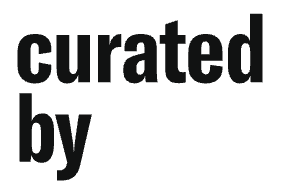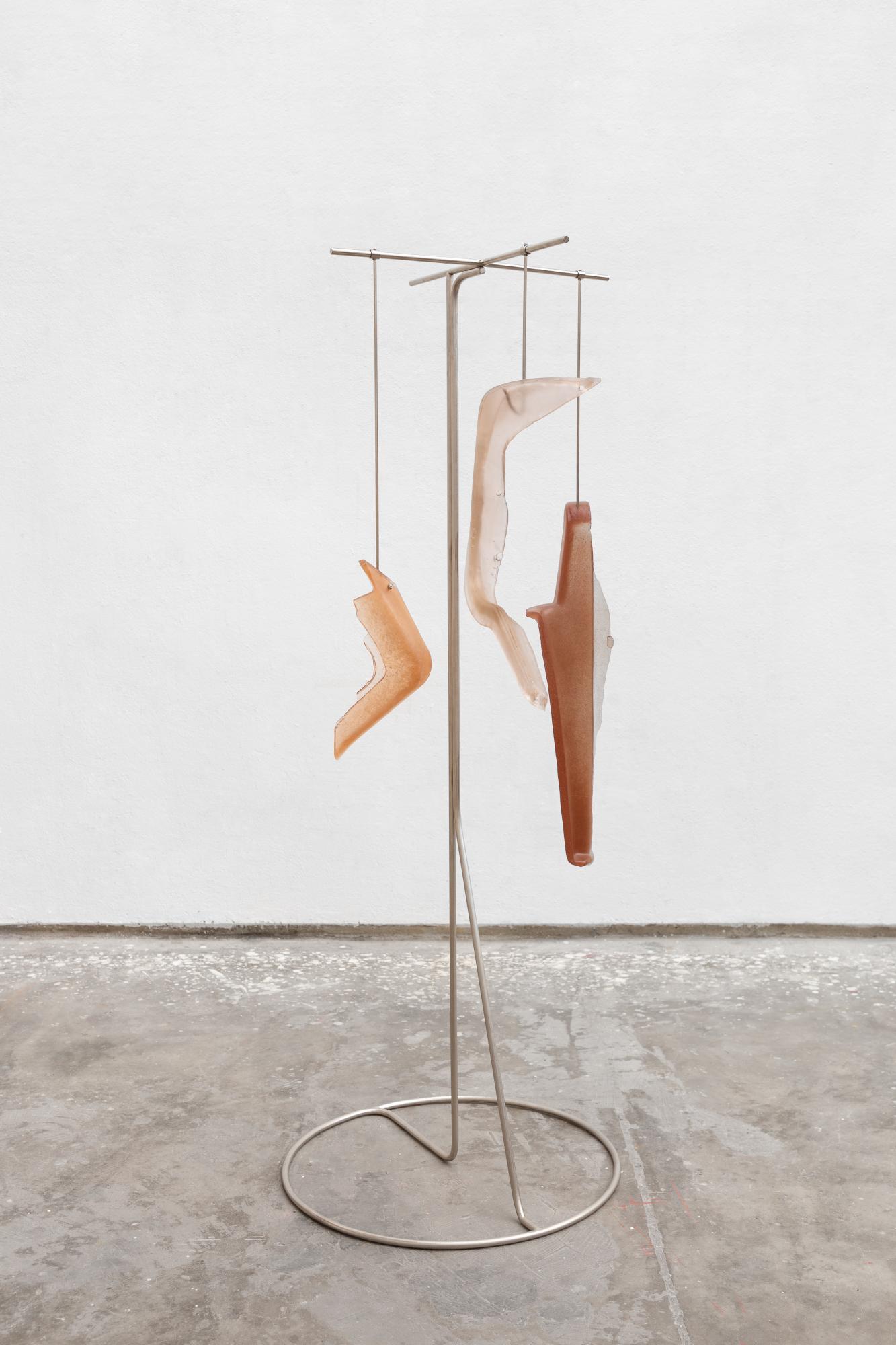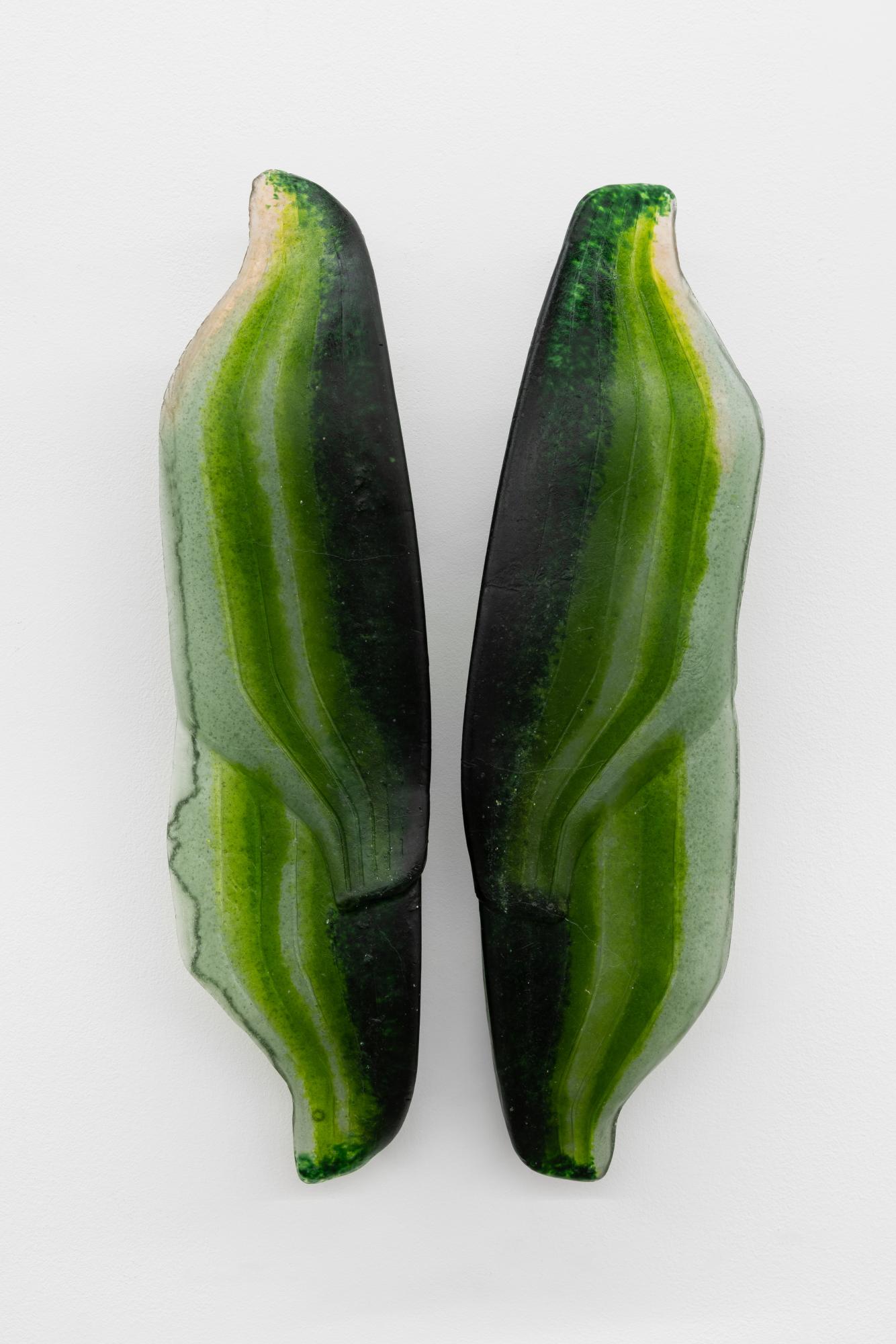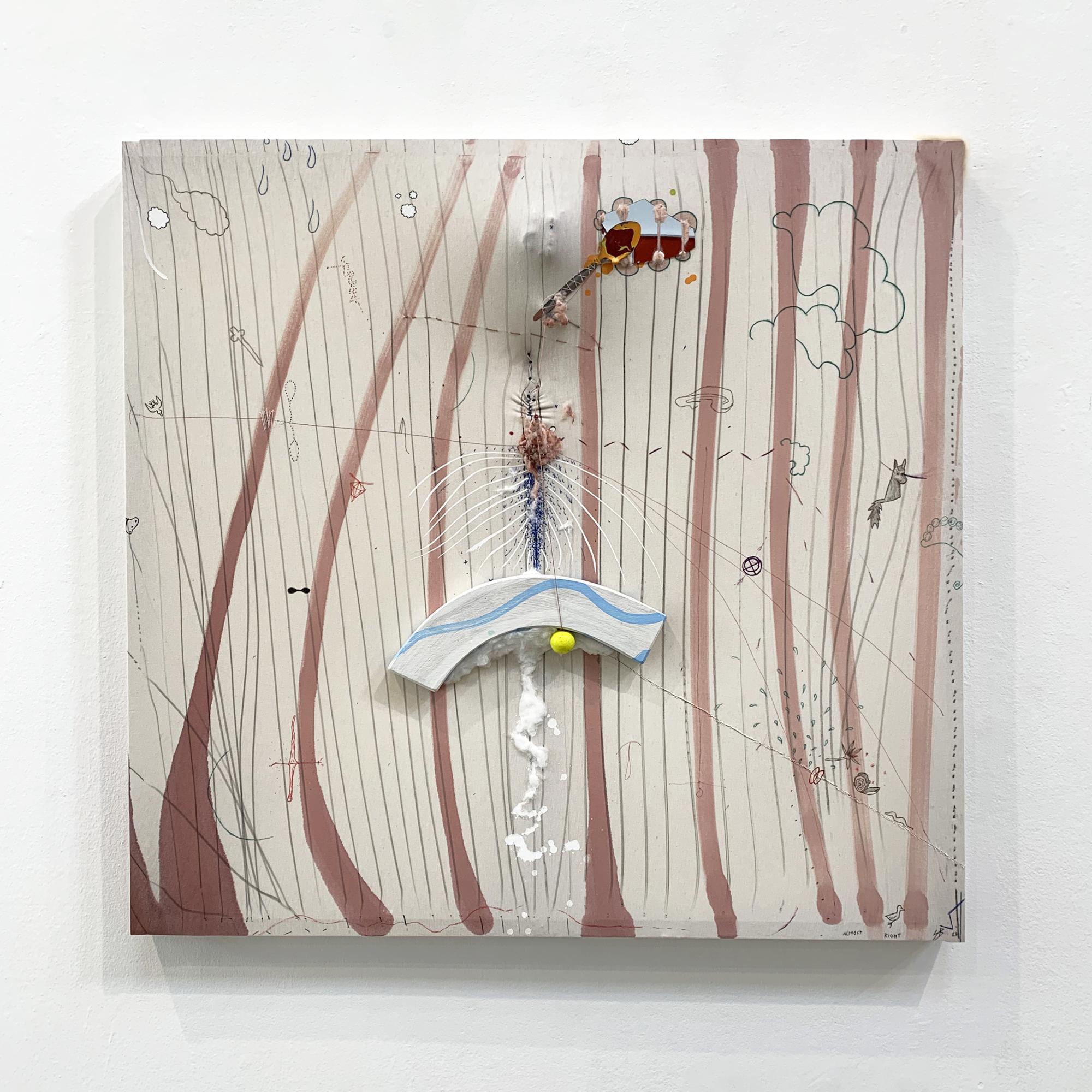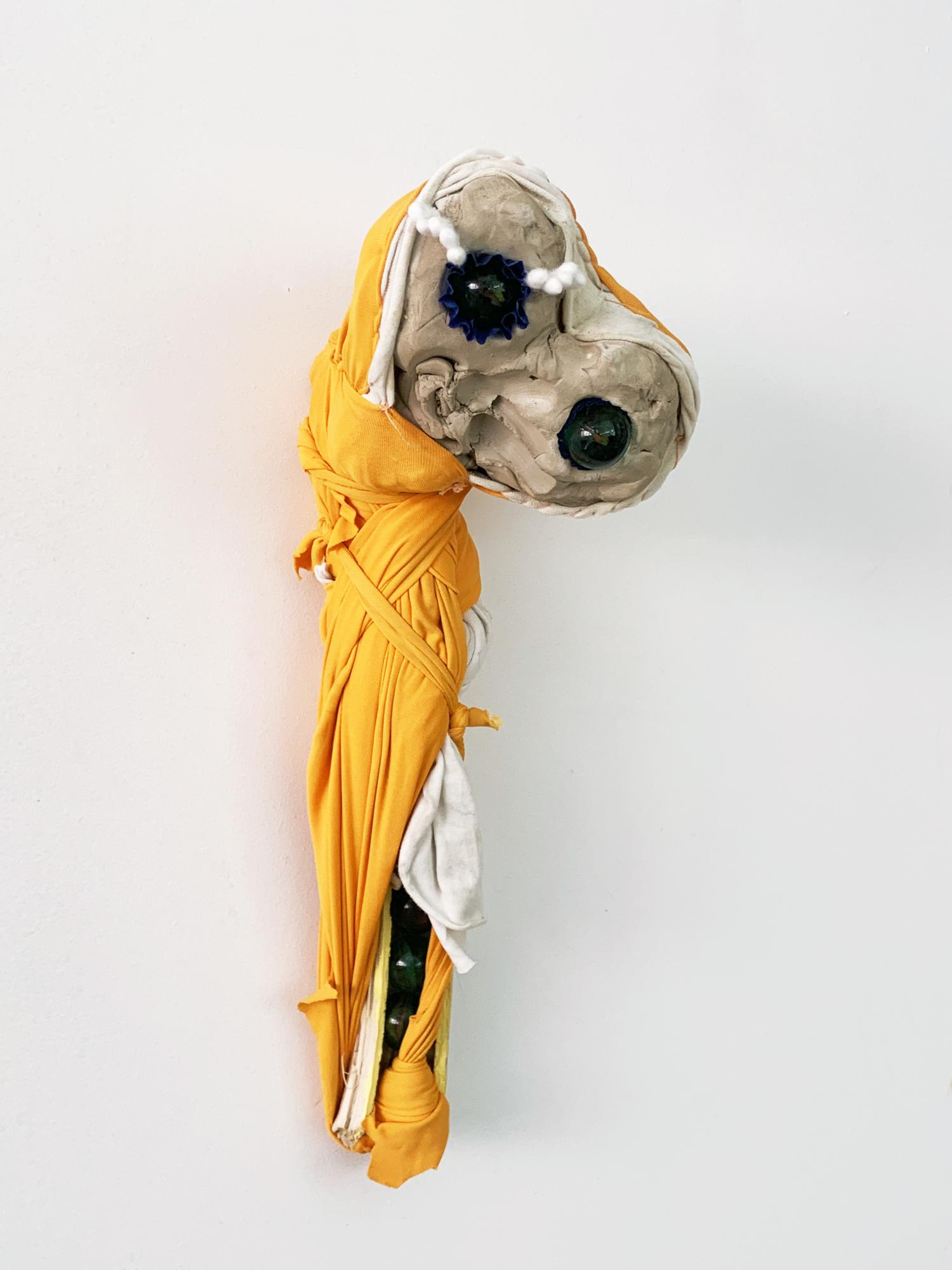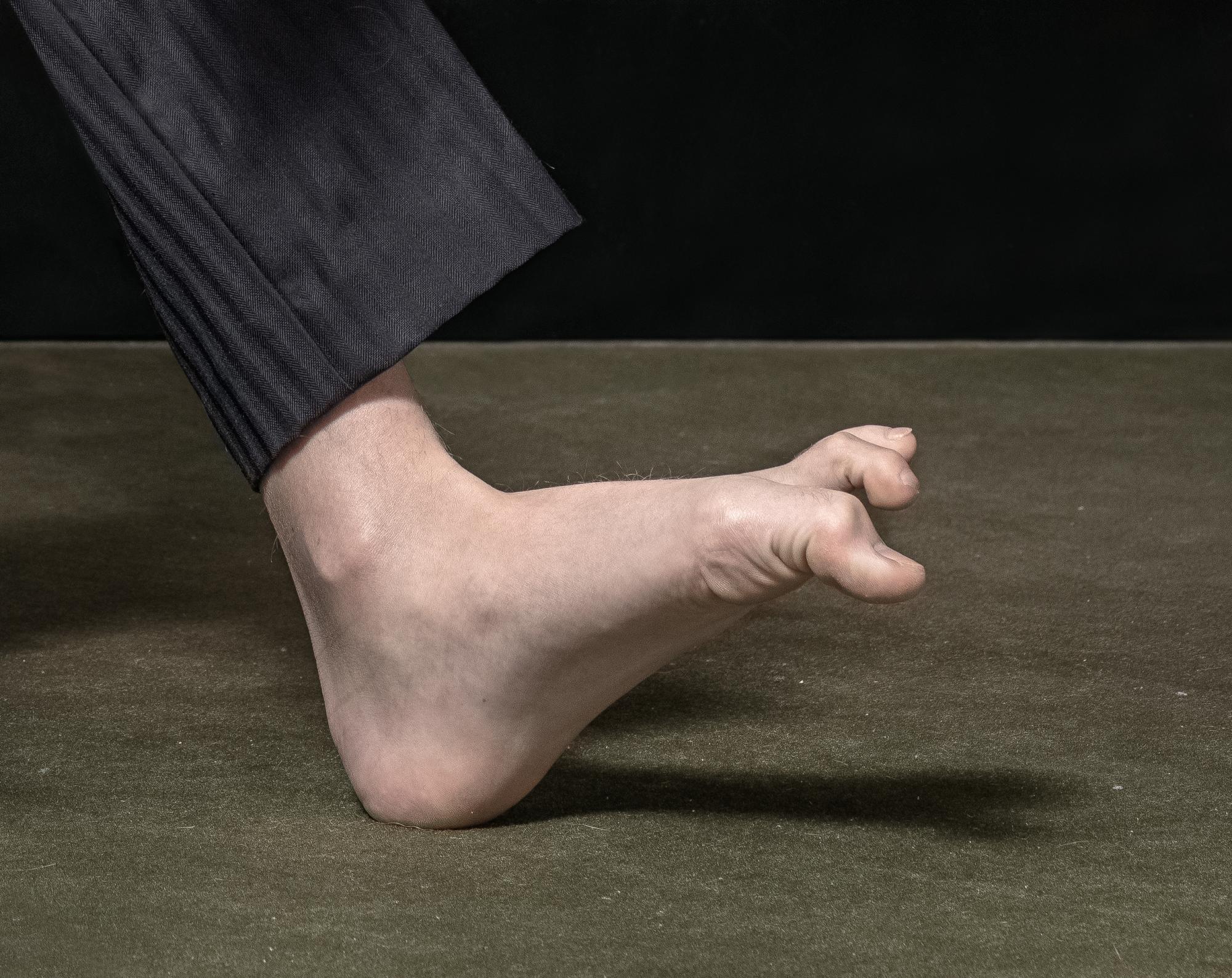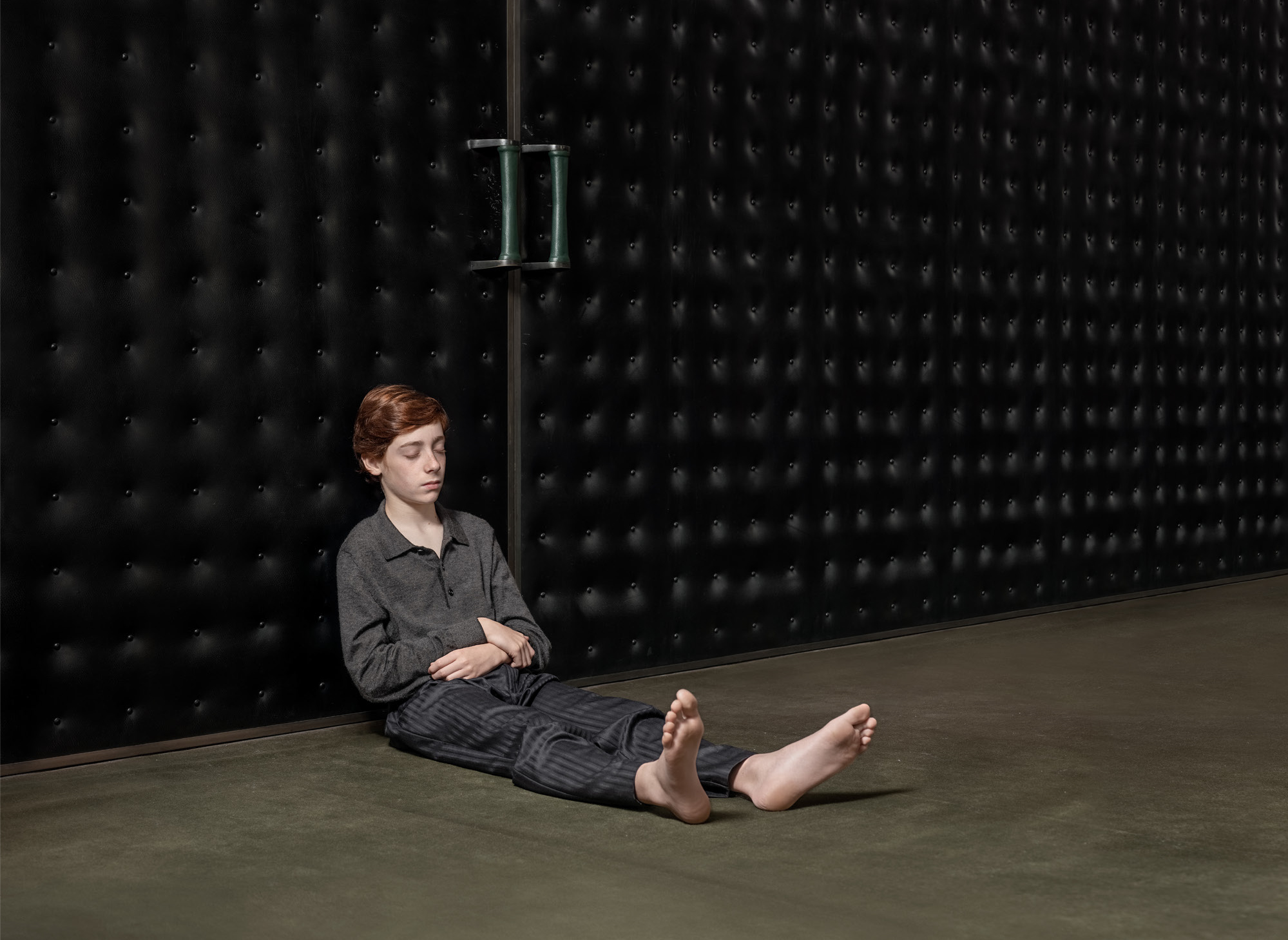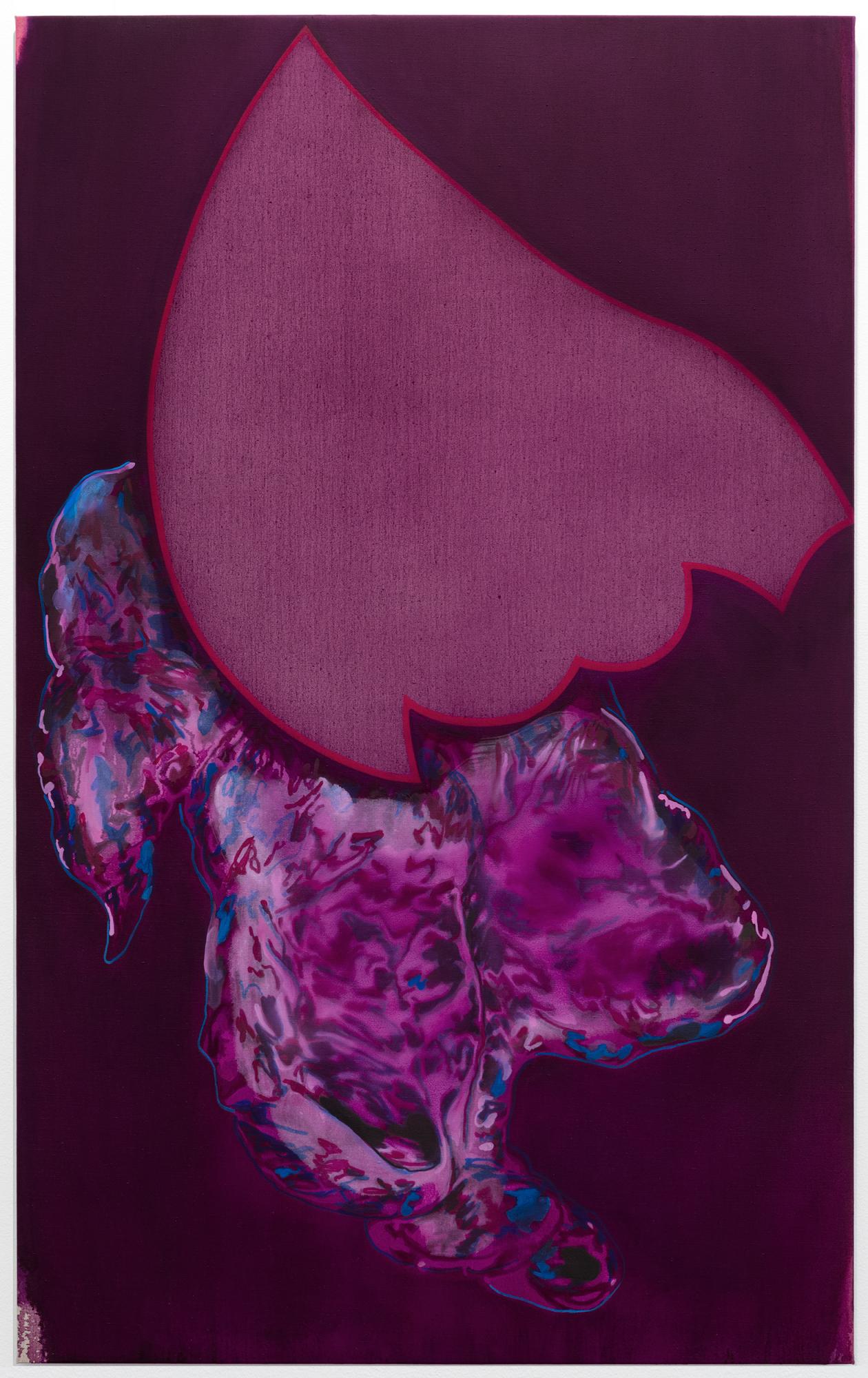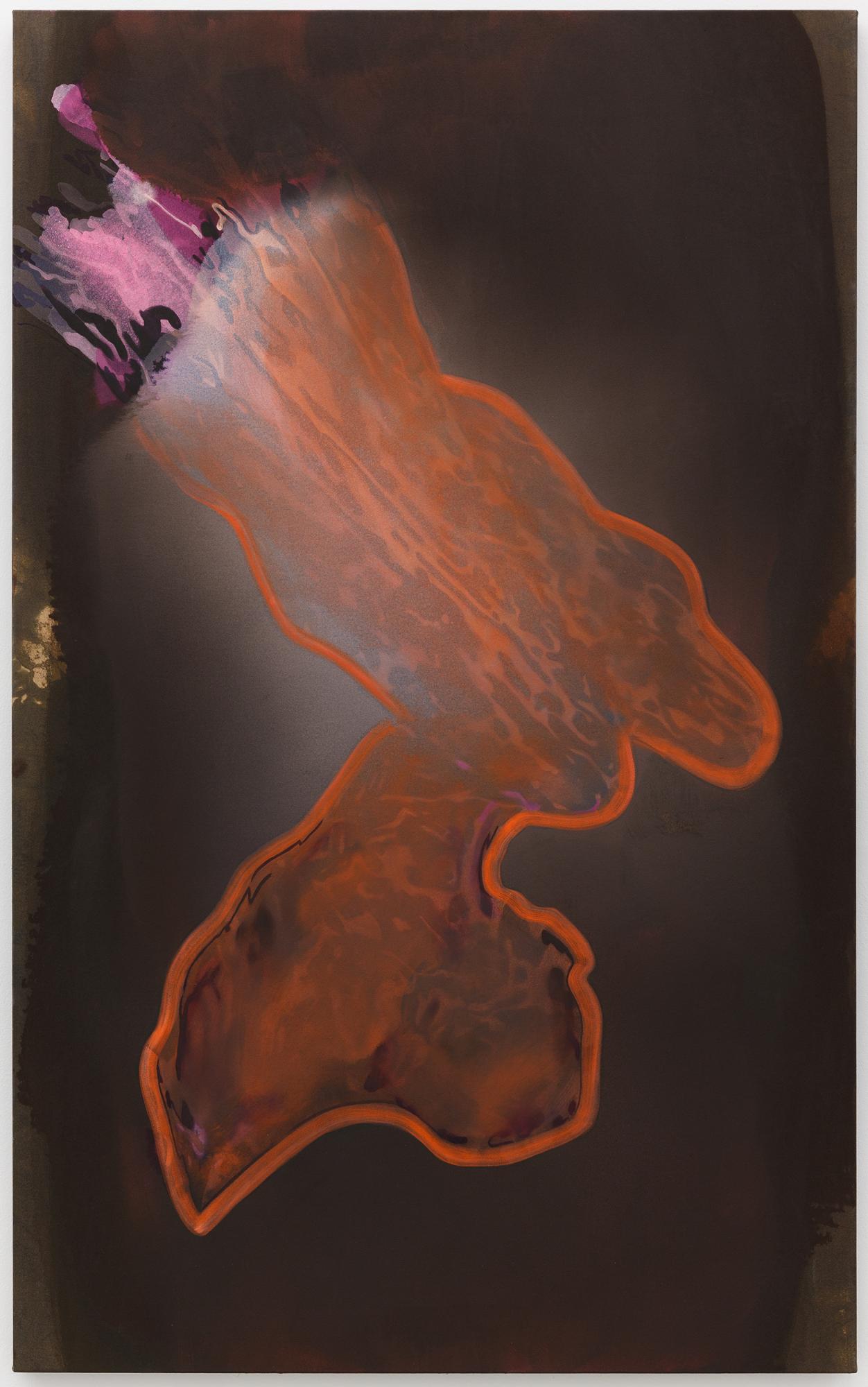Galerie Martin Janda curated by Luiza Teixeira de Freitas
„Between 58 and 131 infinitely.“

www.martinjanda.at
Curator(s):

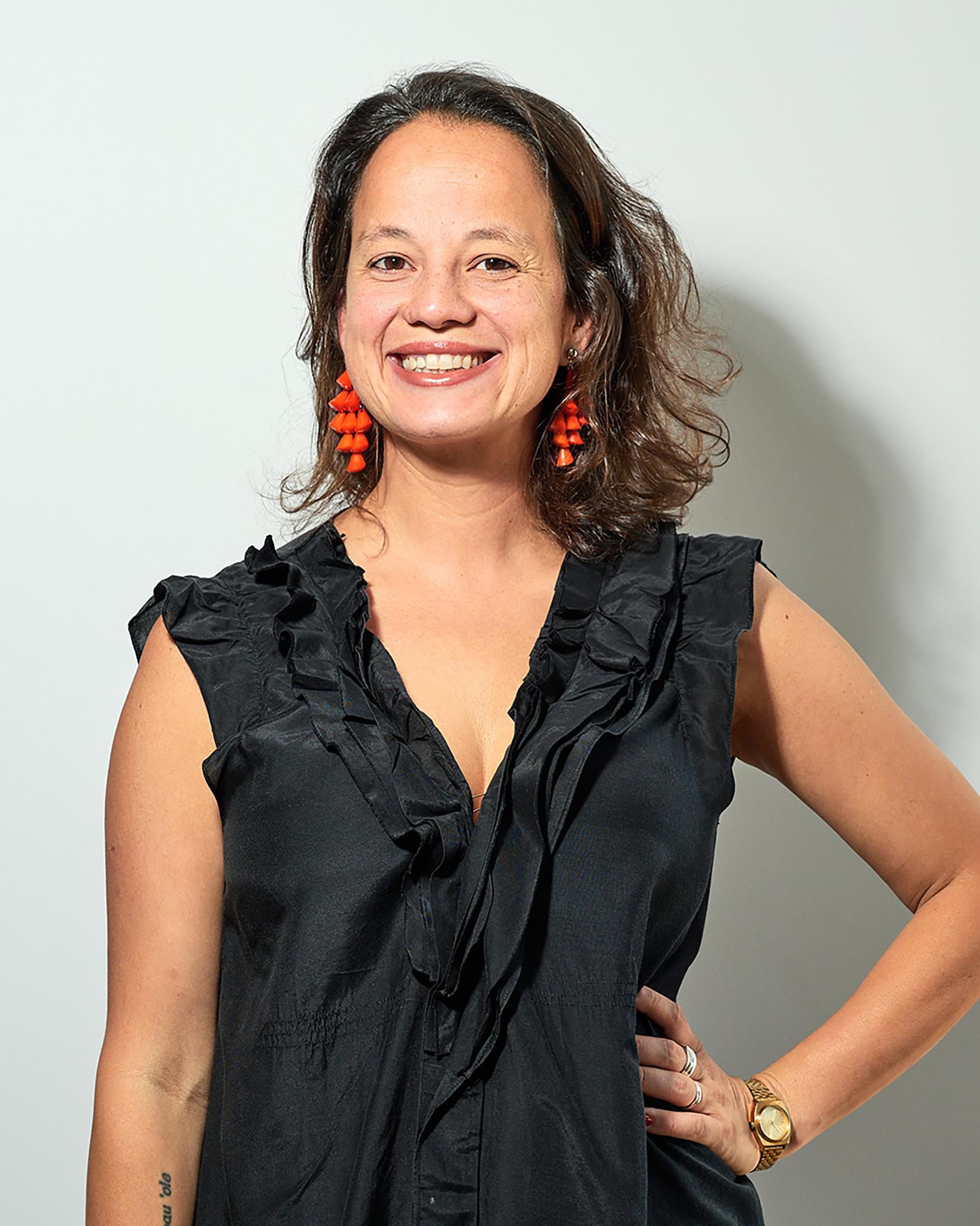
Artist(s):
-
Sara Bichão Moreborn 1986 in Lisbon (PT) lives and works in Lisbon (PT)
-
Milena Dragicevic Moreborn 1965 in Knin (YU) lives and works in London (UK)
-
Alexandre Estrela Moreborn 1971 in Lisbon (PT) lives and works in Lisbon (PT)
-
Tadáskía Moreborn 1993 in Rio de Janeiro (BR) lives and works in Rio de Janeiro and Sao Paulo (BR)
-
Belén Uriel Moreborn 1974 in Madrid (ES) lives and works in London (UK) and Lisbon (PT)
-
Jaime Welsh Moreborn 1994 in Lisbon (PT) lives and works in London (UK)
-
Michel Zózimo Moreborn 1977 in Santa Maria (BR) lives and works in Porto Alegre (BR)
-
Sijben Rosa Moreborn 1988 in Alkmaar (NL) living and working in Amsterdam (NL) and Lisbon (PT)
- Alejandro Cesarco
-
Roman Ondak More* 1966 in Zilina (SK) lives and works in Bratislava (SK).
Exhibition text
More
The power of choice. To choose or not, to take a stance or to be neutral, or even taking a position to be neutral. Drawing from the complex and subjective concept of neutrality, this exhibition at Galerie Martin Janda brings into dialogue the practices of Sara Bichão, Alejandro Cesarco, Milena Dragicevic, Alexandre Estrela, Roman Ondak, Sjiben Rosa, Tadáskía, Belén Uriel, Jaime Welsh and Michel Zózimo exploring and looking at this concept in factual, abstract, or rather direct ways.
For Between 58 and 131 infinitely. which is part of the annual curated by festival in Vienna, the presented artworks revolve around the realm of the neutral within literature. At play in this exhibition is the intertwining of ideas that allude to the way in which literary works mirror the notion of the neutral, using several narrative techniques throughout the story. Ones that frequently intersect and include first or third person, and a kind of stream of consciousness; traditional spelling and linguistic rules that are often bent and sometimes outright broken.
The exhibition takes its title from Julio Cortazar’s iconic Hopscotch, where readers are presented with the thrilling choice of ending the story at chapter 57 or roaming infinitely through the promised non-sense between 58 and 131. There were other literary inspirations that should be taken into account; like The Winners, also from Cortazar, where a noisy and heterogeneous group of people win a prize for a luxurious cruise trip and are suddenly quarantined, having to let go their personalities and adapt to survive with the other; Herman Melville’s iconic Bartleby and his passive resistance “in preferring not to”; Nick Carraway, the narrator in F. Scott Fitzgerald’s The Great Gatsby and his neutral standpoint throughout the novel allowing readers to form their own impression of the narrative. This also happens, in a completely different setting, in Toni Morrison’s Beloved. Also, the loss of individuality translated in Margaret Atwood’s The Handmaid’s Tale or the emotional detachment in Albert Camus’ The Stranger. The list of how literature references neutrality, in its many ways and forms, is in fact endless.
The quest for the neutral through metaphors, poetry, and dreamlike literature, or better said, a sort of freedom is an infinite endeavor. The concept of the neutral in literature is often subjective and varies depending on each interpretation of the specific context of the work. Some literary works go even further and blur the lines between neutrality and uncertainty, leaving readers to engage in an even deeper reflection or critical analysis. The decision to remain neutral can be complex and challenging, a virtue or a failure. Through this exhibition the hopes are in encouraging critical thought, challenging binary mindsets, and fostering empathy.
Luiza Teixeira de Freitas

